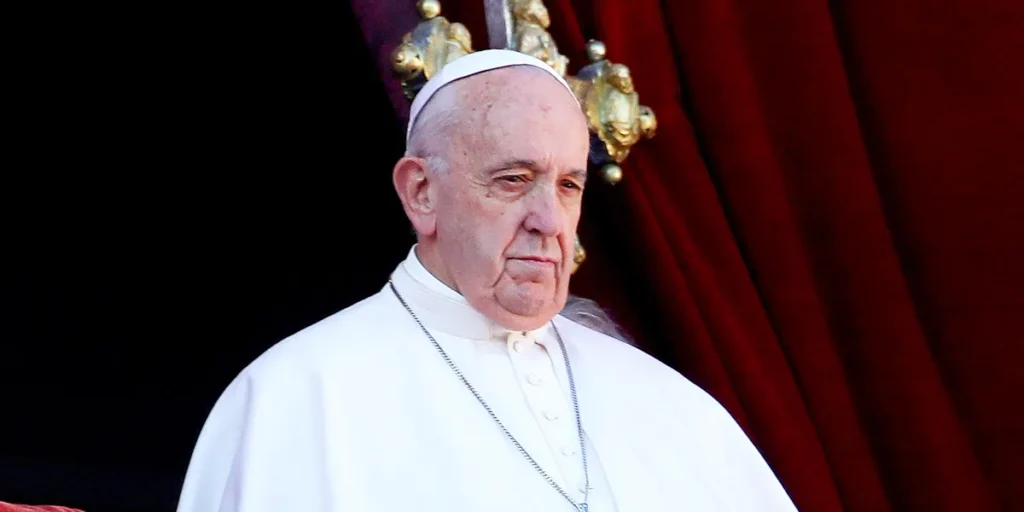Pope Francis’ health has been closely monitored since his hospitalization earlier this month. The Vatican has provided several updates, shedding light on his diagnosis and ongoing medical care. Now, a new statement offers further insight into his current state.

On February 14, Vatican News reported that Pope Francis would be admitted to the Agostino Gemelli Polyclinic hospital after his morning audiences.
The Holy See Press Office later confirmed that he had been suffering from bronchitis for several days, leading to difficulties in delivering his public addresses.
The Pope had already delegated his prepared remarks to be read by others during multiple events, including his Wednesday General Audiences. Earlier, on February 6, Vatican News had stated that he would hold his audiences from his residence at Casa Santa Marta due to his ongoing illness.
Upon his admission, doctors conducted a series of diagnostic tests, with treatment focused on managing his bronchitis and preventing further complications.By February 18, doctors diagnosed Pope Francis with bilateral pneumonia, adding another layer of concern to his condition. The Holy See Press Office stated that he was undergoing complex treatment, including corticosteroids and antibiotics, due to a polymicrobial infection.
Despite his worsening symptoms, it was reported that the Pope remained in “good spirits” alternating between rest, prayer, and reading. He also received the Eucharist and extended his gratitude to those who had been praying for his recovery.
Now, on February 22, Vatican News shared a concerning update from the Holy See Press Office, revealing that Pope Francis remains in critical condition. An update via Instagram confirmed that the Pope had suffered an asthma-like respiratory crisis earlier that morning, requiring the use of high-flow oxygen.
Blood tests further revealed thrombocytopenia and anemia, necessitating transfusions. The statement reiterated that while the Pope was alert and sitting in an armchair, he was more fatigued than the previous day, and his condition remained critical.
During a press conference, Dr. Sergio Alfieri, the head of the Pope’s medical team, and Dr. Luigi Carbone, the Vice-Director of Vatican healthcare services, addressed journalists for approximately forty minutes.
As of February 23, Pope Francis had spent his ninth consecutive night in the hospital. A Vatican statement released on Sunday morning confirmed that he continued treatment for double pneumonia at Rome’s Gemelli Hospital.
They noted that the Pope was expected to remain hospitalized for at least another week. While they reassured the public that he was not in immediate danger of death, they emphasized that he was also not fully out of danger.
Dr. Alfieri clarified that Pope Francis was not on a ventilator but continued to struggle with breathing, requiring him to limit physical movement.Despite this, he remained engaged and continued his work. In a lighthearted exchange, when a doctor greeted him by saying, “Hello, Holy Father,” the Pope reportedly responded with, “Hello, Holy Son.”
Medical experts expressed their primary concern regarding the risk of a bacterial infection entering his bloodstream, which could lead to sepsis.However, Dr. Alfieri remained optimistic that Pope Francis would eventually be discharged and return to Casa Santa Marta in the Vatican. He cautioned, however, that the Pope’s chronic respiratory issues would persist even after his hospital stay.
According to sources familiar with the situation, Pope Francis has been enduring severe pain and has privately conveyed doubts about his chances of recovery.On Sunday, doctors at Gemelli Hospital made the difficult decision to prevent him from delivering his usual morning Angelus sermon—a rare occurrence, even during previous hospital stays. Insiders say the Pope is now strictly following medical directives, a significant shift from his usual determination to maintain his routine.